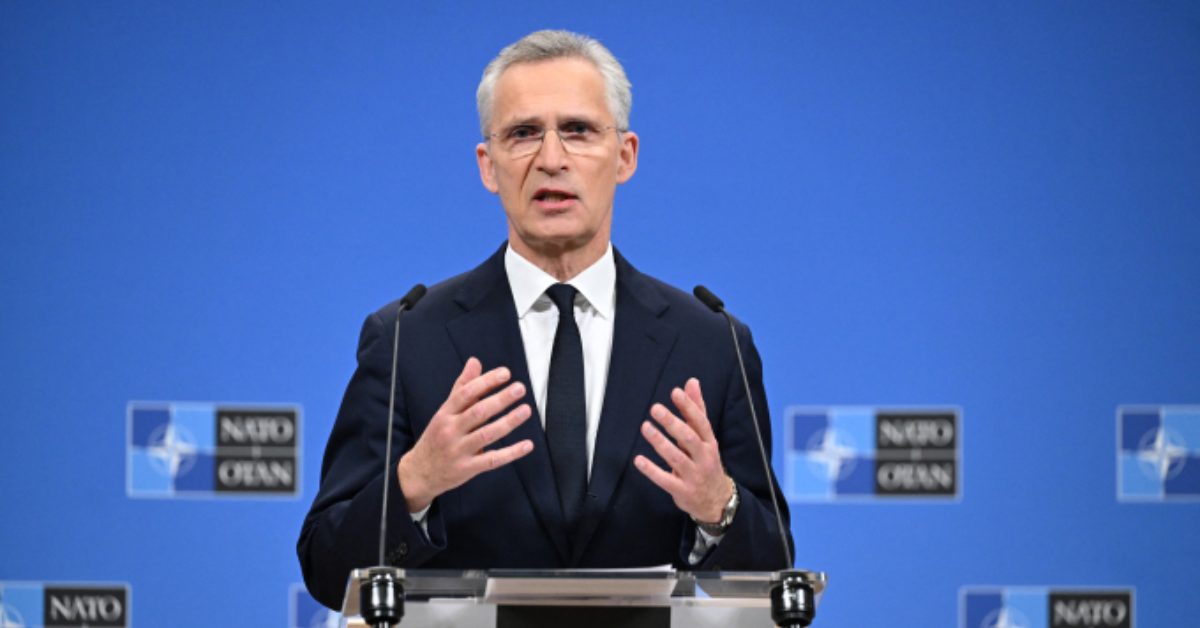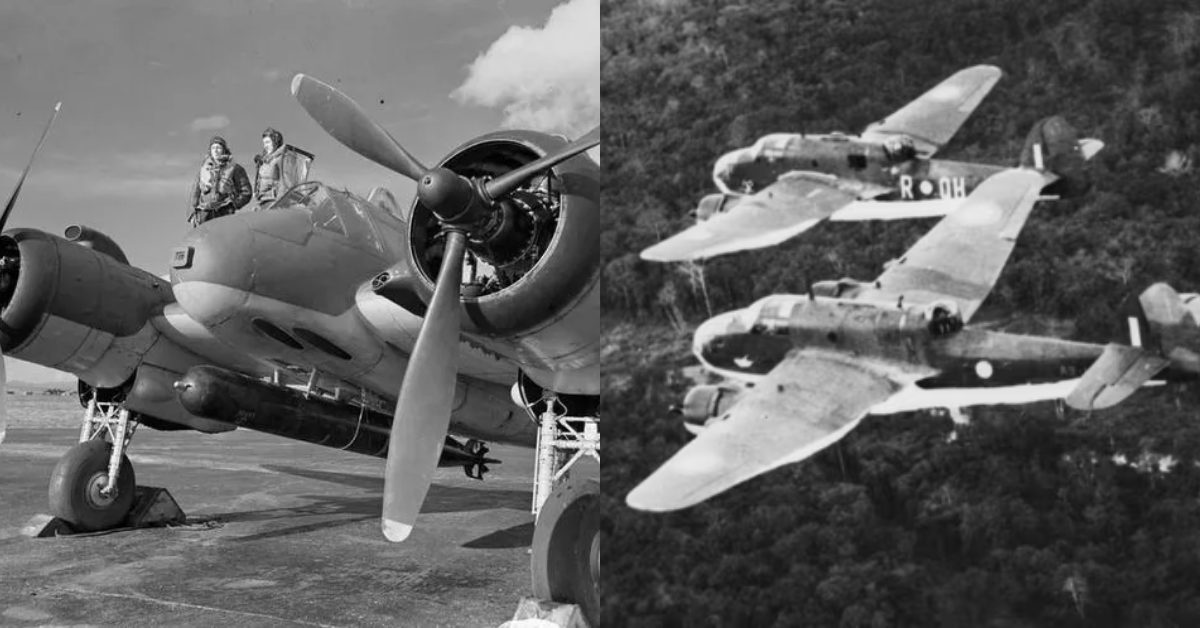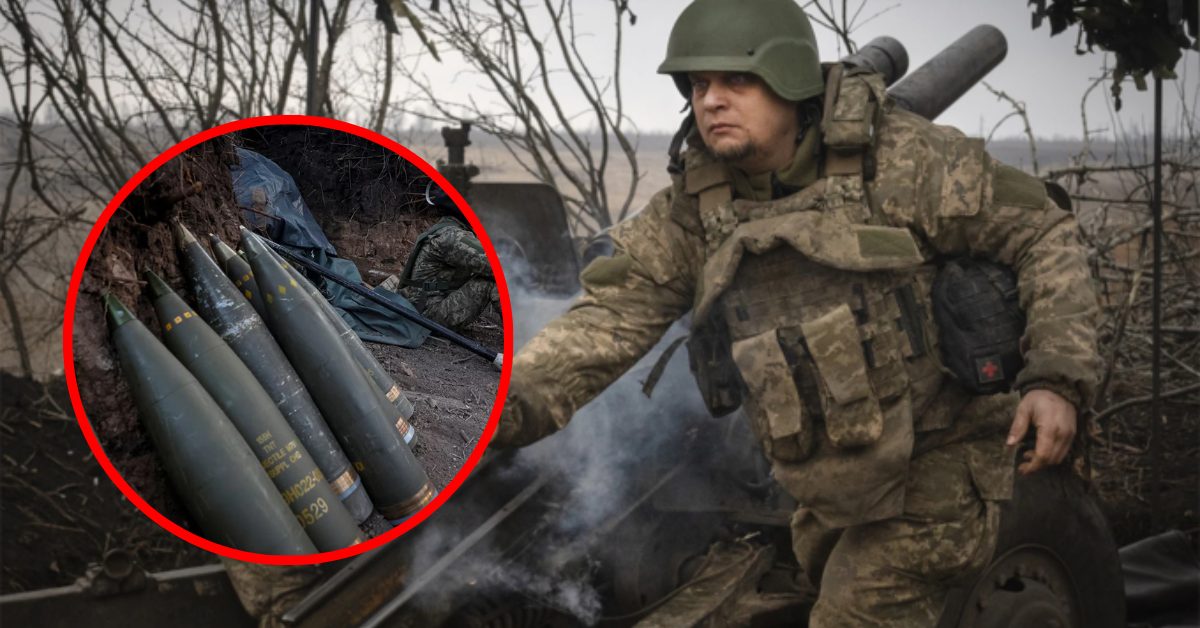This is what a mission to hunt down and destroy Chinese tactical ballistic missiles and anti-satellite weapons looks like.

The U.S., British, and Australian Air Forces come together for training in the vast expanse of Nevada’s skies.
Two U.S. Marine Corps F-35 fighters initially appear as mere specks of light, positioned at a considerable distance from the Royal Air Force tanker. However, through a meticulously choreographed aerial dance, they seamlessly glide into position, reducing their speed to 280 knots to maintain alignment with the twin hoses trailing from the British aircraft.

In this intricate ballet of aviation, the first pilot expertly guides the probe of his plane into the receiving basket of the hose, initiating the flow of aviation fuel at rates of up to 1500 pounds per minute. The second pilot mirrors this maneuver on the opposite side of the tanker. All of this is part of Exercise Red Flag, an event that brings American, British, and Australian aviators together in a show of collective air power over vast expanses of the western United States.
While this exercise has a long history, in recent years, it has adopted a specific focus. In the event of a conflict with China, the United States and its allies would need to deploy refueling tankers to assist fighter planes and ground-attack aircraft in covering extensive distances to reach targets throughout the Indo-Pacific region.

A U.S. Marine Corps F-35b Joint Strike Fighter conducted a mid-air refueling operation, soaring at 17,000 feet over the skies of Nevada during the Red Flag exercise on a Wednesday.
Inside the cockpit of a KC-2 Voyager air-to-air refueling tanker, Air Commodore John Lyle of the Royal Air Force discussed the concept of “the tyranny of range.” He emphasized the versatility of this aircraft, which allows them to become airborne, cover vast distances, and stand ready to engage in combat. This, he noted, is precisely what they were practicing.

In addition to training aircrews for combat scenarios, he stressed that this massive three-week exercise, involving 100 aircraft and 3,000 personnel, also sent a clear message. It highlighted the unity of the United States, Britain, and Australia in safeguarding global stability against potential adversaries.
As two F-35s peeled off to the right, they patiently waited on the tanker’s wing for a brief moment. Then, in a flash, they were off to resume their role as air escorts, confronting enemy aircraft and securing the skies for the rest of the coalition’s attack missions.

These agile fighters were quickly succeeded by another pair of F-35 Joint Strike Fighters, ready to carry out their mission. Red Flag, known as the United States Air Force’s premier annual air training exercise, has been running since 1975.
In previous years, the Red Flag exercise covered approximately 12,000 square miles in Nevada. However, it has now been expanded to include regions in Utah and California, along with the Pacific Coast, in order to more accurately simulate the vast expanses of the Indo-Pacific theater.
There is no doubt that the Indo-Pacific region has become a growing concern, as China continues to assert its influence and escalate its aggressive rhetoric.

Air Commodore John Lyle of the Royal Air Force (RAF) emphasized that the exercise is all about extending the reach of U.S., British, and Australian air power. He noted, “We talk about the tyranny of distance,” acknowledging the challenges posed by the vast distances in the Indo-Pacific theater.
During the exercise, RAF Typhoons lined up, waiting their turn for refueling, while U.S. Marine Corps F-35s engaged in an intricate aerial ballet, positioning themselves at 17,000 feet.
The RAF contributed approximately 300 personnel and several Typhoon fighter jets from RAF Lossiemouth in Scotland. These aircraft played dual roles, functioning as both air-to-air fighters and ground attack planes.

The RAF’s KC-2 Voyager, a modified Airbus A330, played a crucial role in the exercise. This tanker aircraft is equipped with regular airline seats inside but is capable of trailing two hoses for mid-air refueling, carrying more than 100 metric tons of fuel. During refueling operations, passengers are prohibited from using the restroom to prevent any potential hazards, ensuring that pilots can maintain a clear windshield during the operation.
Recent leaked memos from a U.S. four-star general have suggested a growing concern that the United States may find itself in a conflict with China by 2025. This underscores the importance of joint training exercises like Red Flag to prepare for potential challenges in the Indo-Pacific region.
Gen. Mike Mihann’s assessment was the most recent addition to the chorus of voices warning that Beijing was tightening its grip on the autonomous island of Taiwan.

And this concern arose even before the United States tracked the meandering path of a Chinese spy balloon as it traveled from Montana to South Carolina, where it was eventually shot down over the ocean.
President Joe Biden addressed this issue in his State of the Union speech on Tuesday.
“I’m committed to working with China where we can advance American interests and benefit the world,” he stated. “Make no mistake about it: As we made clear last week, if China threatens our sovereignty, we will act to protect our country. And we did.”

U.S. Air Force Colonel Jared ‘Jabba’ Hutchinson, the commander of the 414th Combat Training Squadron overseeing the Red Flag exercise, explained that Red Flag was aligned with the Pentagon’s national defense strategy, which is intended to keep pace with China.
This meant that during the exercise, U.S., British, and Australian forces were pitted against American pilots trained to simulate the tactics of Chinese pilots.
“They fly the F-16s and the F-35s,” he told DailyMail.com at Nellis Air Force Base. “And they replicate all of the Chinese fighters through their fourth-generation and fifth-generation aircraft.”

Outside the window, the F-35s have departed, and they have been replaced by four R.A.F. Typhoons, the European-built fourth-generation multirole fighters.
Their primary role is air-to-air combat.
The space under each wing is now resembling a gas station forecourt, albeit one floating at 17,000 feet above Nevada’s snow-capped mountains.
Two U.S. Air Force E-18 Growlers refuel before returning to their electronic warfare mission, disabling enemy ground defenses by neutralizing radar systems.

More Typhoons are expected on the refueling conveyor belt.
Flight Lieutenant Mark Scott, the Voyager’s captain, explained that Wednesday’s mission was to hunt down and strike a convoy of ballistic missiles and an anti-satellite missile convoy.
Flt. Lt. Mark Scott emphasized the authenticity of the exercise in a real-world environment. During the mission, a U.S.M.C. F-35b was captured refueling from the R.A.F. Voyager tanker, showcasing its capability to operate from aircraft carriers. In this specific mission, the F-35b pilots were assigned the crucial role of providing air escorts.

U.S.A.F. Colonel Jared Hutchinson, the commander of the 414th Combat Training Squadron responsible for leading the Red Flag exercise, highlighted its alignment with the Pentagon’s national defense strategy and the necessity to keep pace with China’s military developments.
At Nellis Air Force Base in Nevada, a U.S.A.F. F-16 took off on a Wednesday morning, illustrating the rapid response capability of these advanced aircraft. The R.A.F. Voyager, equipped with the ability to refuel two planes simultaneously from hoses trailing from each wing, played a vital role in this exercise.

“All the aircraft carry a pod that simulates the missiles or bombs they carry, allowing us to determine the effectiveness of a shot when one aircraft fires at another. This is a capability we don’t have in the U.K.,” Flt. Lt. Mark Scott stated, underlining the realism of the exercise in a live environment.
By the end of the day, with formations of fighters arriving every few minutes, approximately 80,000 pounds of fuel had been delivered to some of the world’s most advanced warplanes. During the exercise, two Typhoons lingered longer than expected off the left wing of the tanker, symbolizing a time penalty imposed after enemy aircraft ventured too close.

In a combat zone, evasive action would have been necessary. However, constrained by commercial air routes in the real world, the Typhoons stayed on the right-hand wing, serving a time penalty as if the RAF Voyager had been forced out of position, requiring them to fly farther.
The outcome of the exercise remained uncertain until later, but as Flight Lieutenant Lyle noted, the primary emphasis was on the strength of the coalition, shared objectives, and the message it conveyed about the alignment of the UK, Australia, and the US regarding global stability, access, and the effective delivery of air power.





